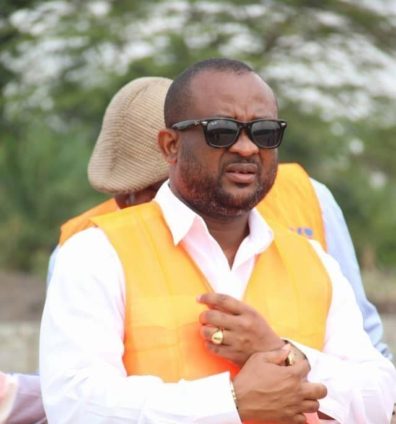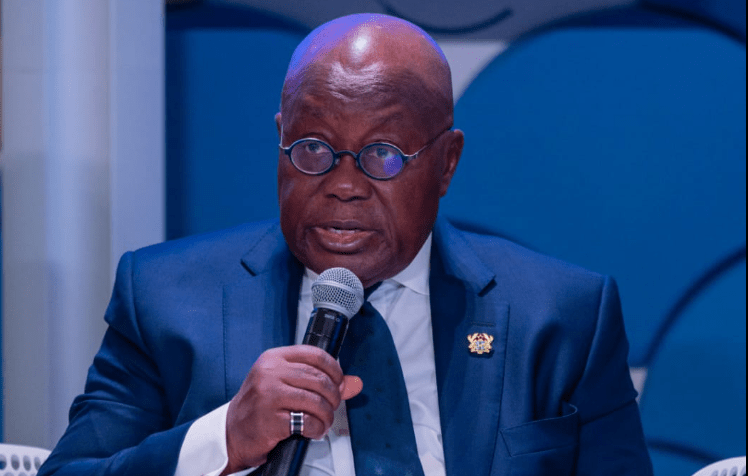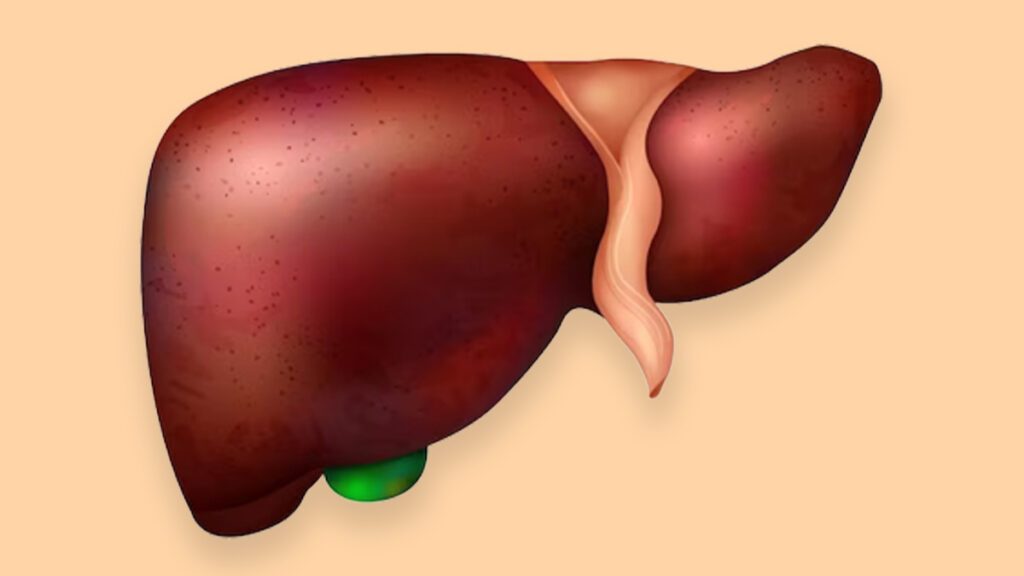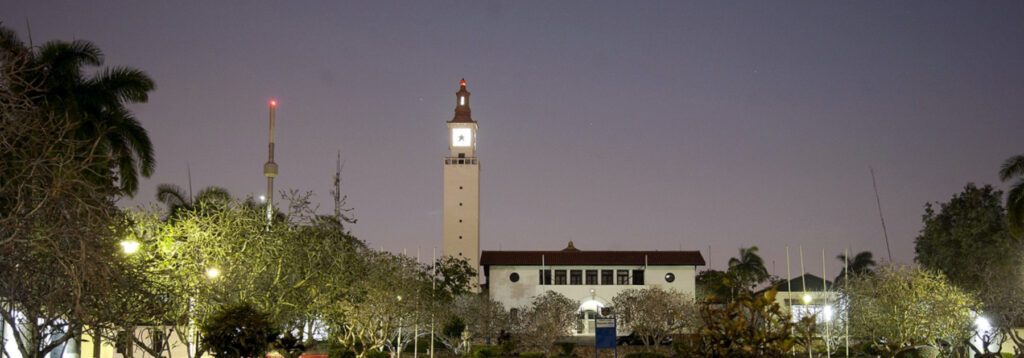The Collapse of the Baltimore Bridge: What We Know So Far

Collapse of the Baltimore Bridge: There is still uncertainty over the exact scope and causes of the disastrous collapse of the Francis Scott Key Bridge in Baltimore, which occurred nearly two months ago.
The collision between a cargo vessel and the bridge caused this terrible event that resulted in fatalities.
The Francis Scott Key Bridge, an essential piece of infrastructure crossing the Patapsco River, was struck by the container ship Dali on March 26.
A large section of the bridge collapsed as a result of this incident, plunging multiple vehicles into the river below and instantly killing people. Shortly after the event, the Coast Guard stated that six people were believed to have perished.
Divers operating in difficult conditions conducted lengthy search and recovery operations to find the victims. The six victims were identified over several weeks, and the final victim’s body was found on May 7.

The majority of the casualties were foreign laborers who had come to the United States in search of better prospects, to support their families, and to give back to their communities. Families that they left behind are still coping with the fallout from this catastrophe.
Preliminary Findings and Data Analysis
The preliminary report of the National Transportation Safety Board (NTSB) revealed that the Dali experienced two outages in its electrical system before departing the dock.
The ship’s navigation and engine systems were completely out of function on the day of the tragedy.

The Dali’s data recorder, which was recovered by investigators, should provide insight into the reasons behind the power outage.
Important information is kept in the ship’s black box, which also houses communication logs and the position and speed of the craft.
A portion of the collapsed bridge from atop the Dali was destroyed in a controlled demolition to facilitate the recovery process.
Temporary channels were opened to allow limited access to the port of Baltimore. Officials aim to fully reopen the main channel by the end of May.

It is projected that the renovation of the Francis Scott Key Bridge will take between $1.7 billion and $1.9 billion, with completion expected in the fall of 2028.
This long-term initiative emphasizes how much money is needed to improve and preserve this essential infrastructure.
Economic and Social Impact
The collapse has had a major effect on port operations, affecting almost 140,000 people indirectly and directly, directly impacting 15,300 jobs. Significant economic disruptions caused by the port’s closure call for both short-term and long-term recovery measures.

Governor Wes Moore of Maryland stated that the bridge complied with all structural requirements, implying that there was no underlying structural weakness that would have caused the collapse.
However, the incident has brought attention to the increasing risks that come with larger ships visiting American ports, leading to a need for thorough reviews of the infrastructure.
Full government financing for the reconstruction of the bridge has been promised by President Biden’s administration; however, Congressional approval is still needed.

Furthermore, the Maryland government has enacted a number of supportive policies, such as the PORT Act, which designates $275 million from the state’s rainy day reserve to assist impacted employees.
In collaboration with state and federal agencies, local organizations have launched a number of support initiatives.
These include community support funding, small business aid, and salary subsidies designed to help those affected by the collapse of the bridge.


 English
English 






























































































































































































